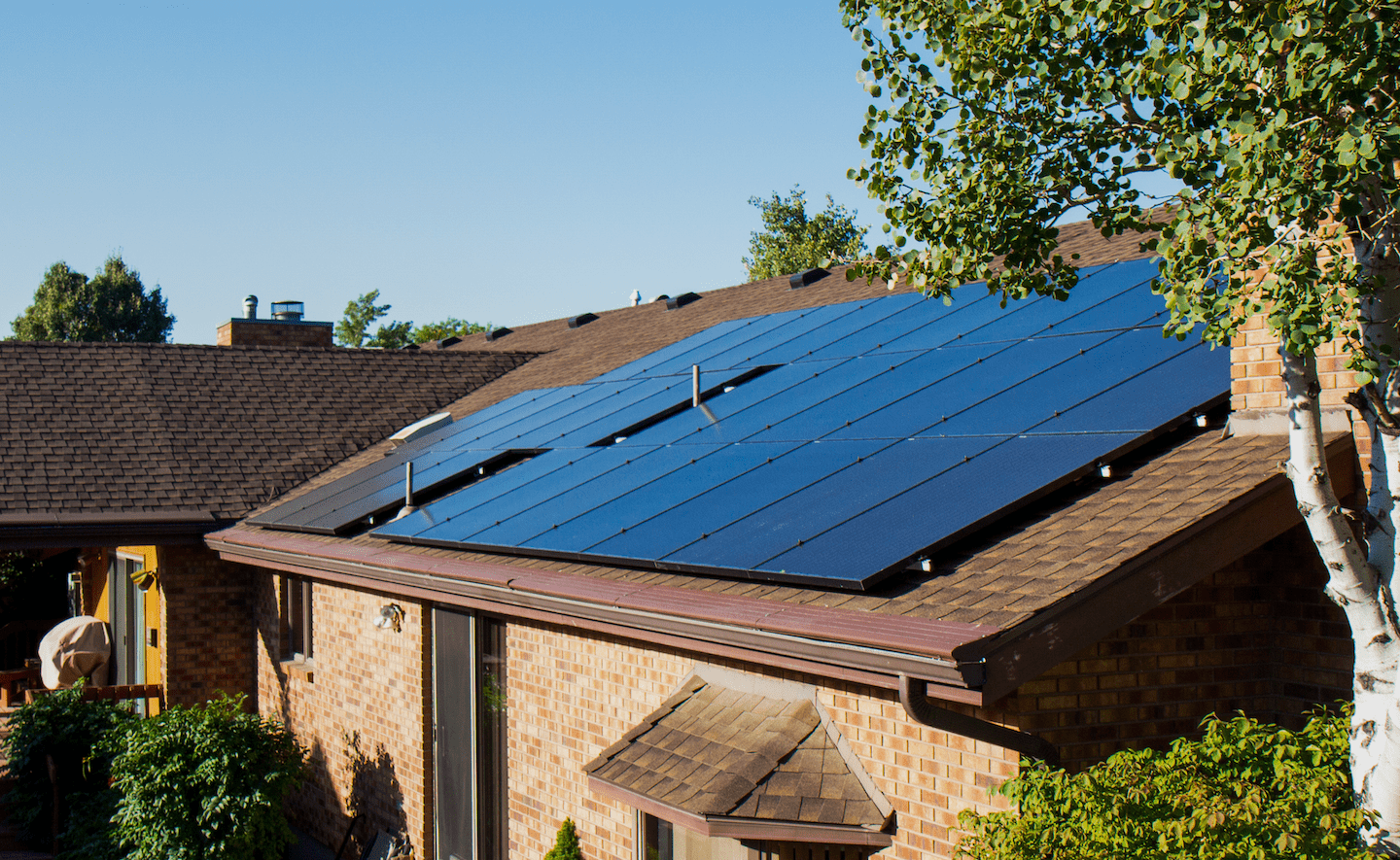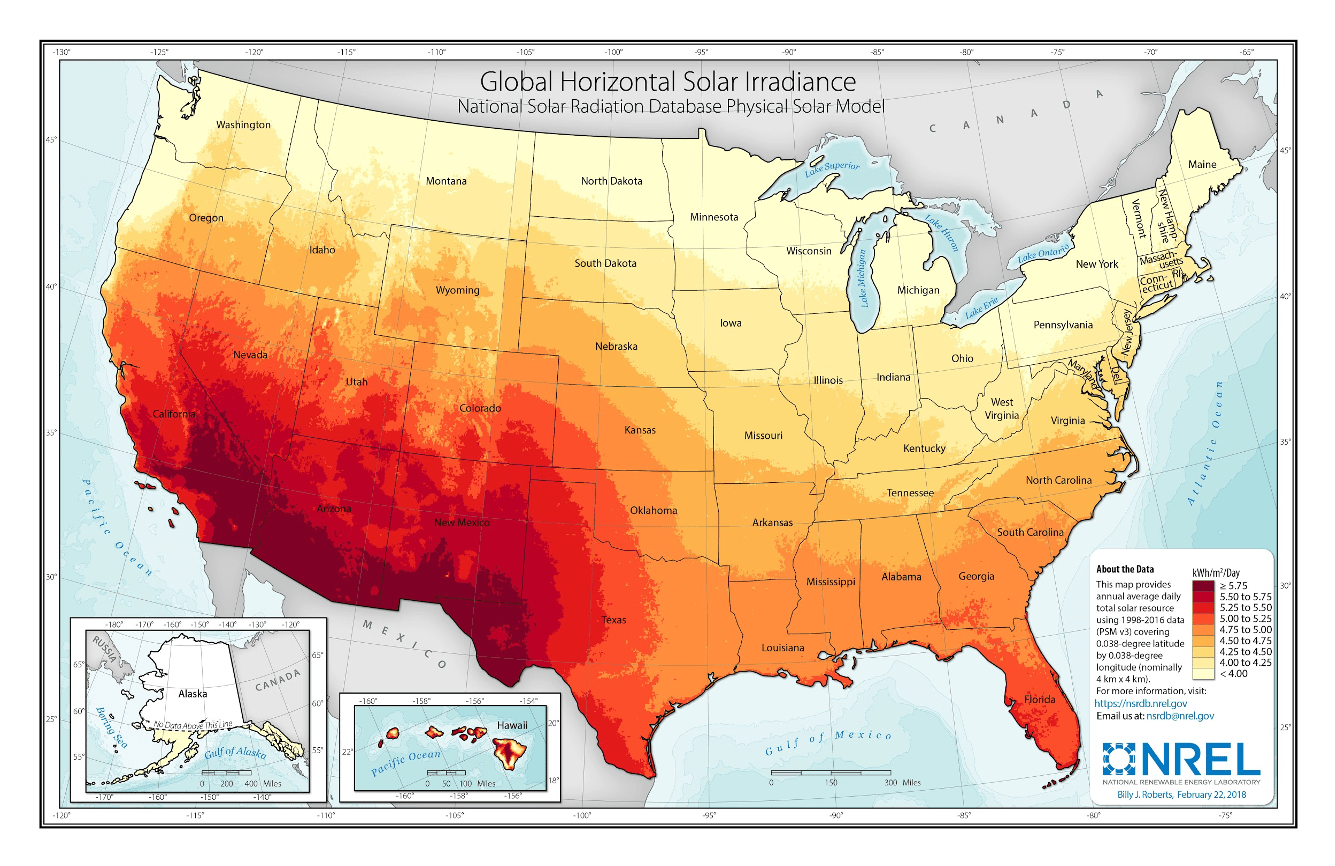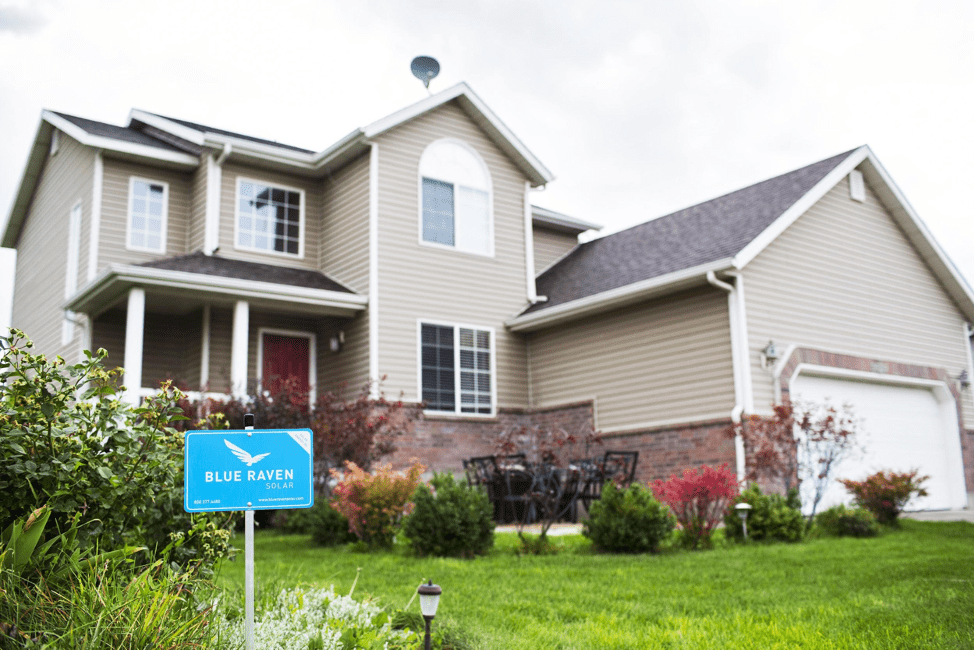
Before investing in a brand-new solar system, many homeowners would like to know how many solar panels they need to buy for their roof. While it may seem like a simple question, solar companies, like us here at Blue Raven Solar, need to know the homeowners’ goals in order to give an effective answer.
Common Questions for Owners:
- Are you looking to lower your monthly electricity bill?
- Increase the value of your home?
- Reduce your carbon footprint?
- Or charge your electric vehicle?
Because the list of solar goals is endless, we know every prospective buyer will have a unique solar solution. That is why we are committed to helping our customers discover their solar goals and providing a custom solar solution that will keep them happy for years to come.
In today’s blog post, we want to help any prospective or curious homeowners discover what their goals are so they too can determine how many solar panels they’ll need on their roof.

What Do You Want Out of Your Solar System?
For most homeowners, the answer to this question will be simple: I want to cover the cost of my electricity bill.
Other homeowners will have more complex solar goals like: I want to have enough panels to have 0 carbon footprint, or I want to be able to sustain my energy usage during energy blackouts.
Some homeowners may not even know what they want out of their system. If you fall into this category, we invite you to reflect on several questions:
- How did you become interested in residential solar power?
- What was the main reason that convinced you to go solar?
- What do you hope to get out of your solar system ten years down the line?
By answering these 3 questions, you’ll be able to discover what your solar goals are and will be better situated to determine how many panels your roof will need. Now that we can clearly define what your solar goals are, let’s figure out what other factors affect the number of panels you’ll need.
How Much Power Does Your House Use?
According to the U.S. Energy Information Administration, the average American household uses 10,908 kilowatt hours (kWh) per year, or about 909 kWh per month. With that being said, those numbers have no real significance or meaning to the average American homeowner, so let’s break it down:
One kilowatt hour equals the amount of energy you would use to keep a 1000-watt appliance running for one hour. For example, you would have to leave a 10-watt light bulb on for 10 hours in order to use 1 kWh of energy.
With an average cost of 13 cents per kWh of energy in the United States, the average American household will spend $113 dollars a month on electricity. As you can see, there are thousands of dollars in potential savings by going solar!
At Blue Raven Solar, we know that many homes do not fall into this “average” category. Thus, there’s not a one size fits all solution to the question: how many solar panels do I need? This is why the first step in determining how many solar panels your roof will need is knowing how much power your home uses.
We always ask our customers for their latest power bills to determine how much energy their home uses. From there, we can give a quick estimate of how many solar panels they’ll need to accomplish their solar goals.
If you’d like to determine how much kWh your home is using, find your latest utility bill and look for a section on the bill that shows your “Kilowatt hours (or kWh) used.” The number listed should be the energy used in the last 30 days. By determining your power usage, you are well on your way to discovering how many solar panels your home will need!
What Else Determines How Many Panels You’ll Need?
Type of Panels
Every panel on the market produces slightly different results. For example, residential solar panels range in efficiency and wattage. Usually, the more expensive the panel the better it is able to convert sunlight into electricity. However, because solar panels are relatively new technology, scientists and researchers are still finding ways to improve them.
Currently, panels can produce electricity from the sun at a 14-20% efficiency. With that in mind, the wattage of solar panels ranges from 170 to about 365 watts. For the most part, solar companies offer the 250-watt panels. If a 250-watt panel is in the peak sunlight at the perfect angle, it will produce 250 watts of energy per hour.
With that being said, rarely do solar panels perform at maximum capacity, so you can expect your panels to produce anywhere from 180-240 watts during the sunny hours. (For more on what we think makes the best panels, check out our recent post The Best Residential Solar Panels.)
Where You Live
Believe it or not, the state you live in will affect how many solar panels your home will need. This factor is mostly determined by the amount of sun your roof typically receives. The United States of America has a wide variety of climates. Some states like Arizona, California, Florida, and Hawaii receive a lot of sun, while others like Washington, Oregon, and Maine receive less. With that being said, solar panels in the sunnier states will produce more electricity and likely require less panels.
If you’d like to see how much sun your state or city receives on a yearly basis, check out Renewable Resource Data Center’s solar data, tools, and maps.

Alright, So How Many Panels Will You Need?
Using all the information we’ve now talked through, we can determine a rough calculation of how many solar panels your home will need to cover everything that goes into your electricity bill.
Let’s do a step-by-step calculation for a home that uses the American average 909 kWh per month in the city of Orlando, Florida:
- You’ll need your home’s monthly kilowatt hour usage:
909 kWh per month
- Then, you’ll determine your daily kilowatt hour usage by dividing the number above by 30 (for the days in a month):
909/30 = 30.3 kWh per day
- Now, multiply that number by 1000 to determine how many watts you’ll need to produce each day:
30.3 x 1000 = 30,300 watts per day
- Next, divide your watts per day total by the number of peak sunlight hours in your state (use the map featured above) to determine how much energy your panels will need to produce per hour of peak sunlight:
30,300/5 = 6,060 watts per hour of peak sunlight
- Finally, divide that number by the wattage output of your desired panels (we’ll use 250-watt panels because they are the most common) to determine the number of panels you’ll need:
6,060/250 = 24.24 panels needed to offset energy usage
According to these rough calculations, this Orlando homeowner would need around 24 panels to cover their daily power usage. Other factors to consider include shading and trees around the property and direction and pitch of roof. There are legal protections called solar easements that you can draft up in order to ensure the path of sunlight is unobstructed from your property and your solar system.
You can use the steps above to calculate the number of panels you’ll need for other solar goals. For example, if you want to determine how many solar panels you’ll need to put on your garage in order to fully charge your new electric vehicle, you just need to determine how many kilowatt hours are used to charge your car, multiply that by a thousand, and divide by 250. No matter your purpose of going solar, Blue Raven Solar is here to help you throughout your journey.
Should You Own All These Panels?
The short answer is of course! Owning your own solar system comes with a variety of advantages compared to other options.
Other solar companies that may try to talk to you into Power Purchase Agreements where they offer to own the panels themselves (“saving” you the cost of buying them) and sell the power back to you for a lower cost than your monthly bill. But as we described in our example, that means you don’t offset that energy usage—they do.
Others may offer leasing agreements where you rent solar panels and they cover the cost. This also runs into some problems where they may not install the optimal system for your needs, because they’re focused on installing the system that suits their needs instead.
For both of these, there’s another bump in the road that comes up: if it comes time to sell your house, what happens to that system? It’s already installed, but since it’s not something you own, it’s something else you have to convince a buyer to get into. Suddenly you’re stuck in a losing situation where you either have to buy out of your lease or convince a buyer to take on the same agreements you’re locked into.
When you buy to own, those solar panels are yours. It’s your power that you save and, if your goals are to generate even more electricity than you use, it’s your power to sell back to the grid. And in that same selling and moving situation, the solar panels you own are suddenly lucrative equity that makes your house more attractive—and your potential selling price even higher!
Get a Free Custom Solar Solution with Blue Raven Solar
After crunching some numbers, you now have a better idea of how many solar panels your home will need to meet your solar goals. You also have an idea of the sort of purchasing plans there are for achieving those goals.
With that number in mind, you might have a couple new questions:
- What happens if my roof gets some shade from a tree?
- Will my roof be able to fit all those panels?
- What happens if my panels generate more energy than I use?
Each question has a unique and specific answer for each of our customers. That is why we offer a free custom solar savings report to all homeowners.
We want to be completely transparent with our customers when it comes to solar panels and recommendations for a set-up. Our solar report will present a solution that takes into account all of the complexities of your house, roof, and shading.
What’s more, we don’t want to exploit our customers. If we tally all the factors—average power use, average sunlight, roof size, etc—and it turns out that a solar system would not provide the maximum benefit, we’ll be sure to tell you. If you’re using Blue Raven Solar, it’s because you reap major benefits from doing so.
By filling out this form, you’ll also be able to have a free consultation with a solar specialist, who can help you determine if solar is right for you! Click the button below and get a zero commitment solar savings report today!

Sources:



Sorry, the comment form is closed at this time.